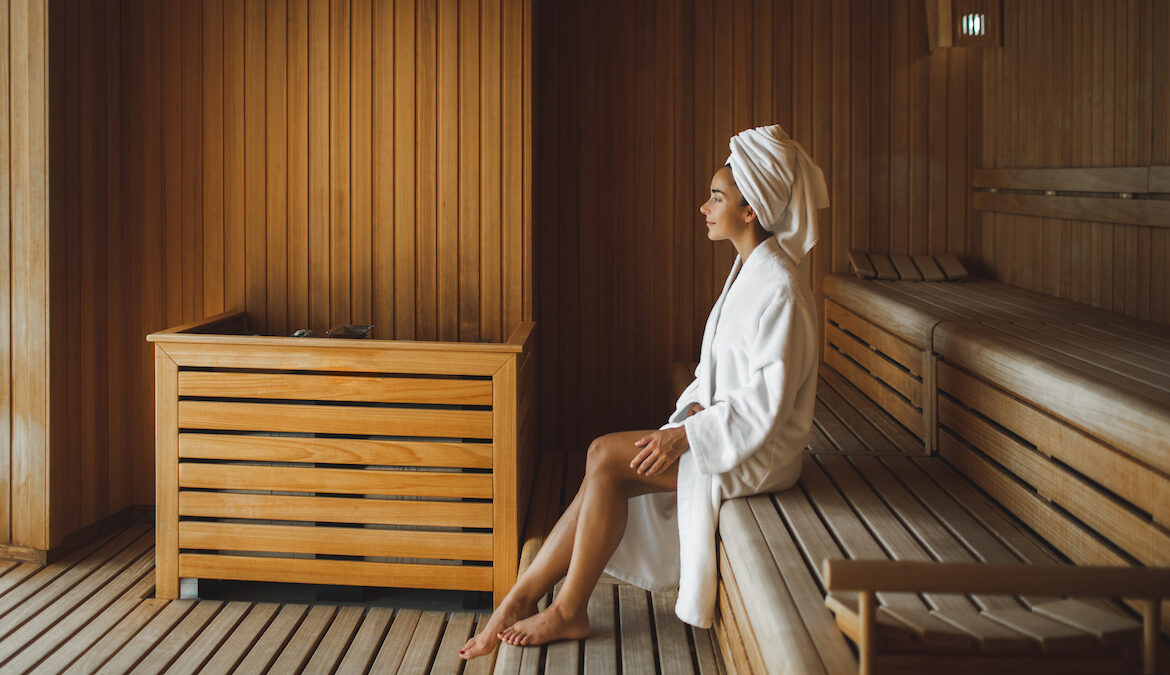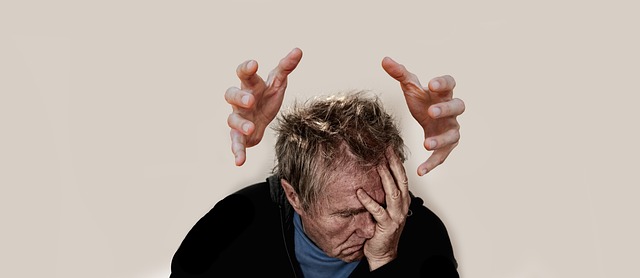
Research shows that exposing the body to drastic temperature changes can have physical benefits, such as pain relief, reduced inflammationAnd improved circulation. But what about the variation between extreme temperatures?
This method of switching from hot to cold (or cold to warm) temperatures, often involving going back and forth several times, is called contrast therapy or contrast baths and has its own set of purported health benefits.
Experts in this article
- Frank Lipman, MDfunctional medicine physician and chief physician at The Well
- Jordan Crofton, FNPJordan Crofton, FNP, is a primary care physician and director of patient care at THE WELL, a chain of luxury wellness centers.
- Leada Malek, PT, DPT, CSCS, SCSboard-certified sports specialist and physical therapist based in San Francisco
Contrast bathing is a tool that has been used by athletes for decades to relieve aches and pains and recover from intense physical activity. Now experts are touting contrast therapy as a wellness practice that everyone can benefit from, especially for fighting inflammation and slowing the aging process.
But is this practice really worth all the hype? And what is it like to successively expose your body to such extreme temperatures? To find out, I decided to take the plunge (literally) and talk to some experts on the subject.
The health benefits of contrast baths
There are several benefits to heat therapy and cold therapy treatments. First things first: heat exposure increases heart rate and causes the blood vessels to dilate. This, in turn, makes you sweat and produces effects similar to moderate exercise, the researchers said Frank Lipman, MD, a leader in functional medicine and author of The new rules for aging well: a simple program for immune resilience, strength and vitality.
Dr. Lipman specifically recommends using an infrared sauna. “Infrared saunas heat with infrared light and warm the body from the inside out, not just on the surface,” he explains. “You'll still sweat like a prize fighter, but with less heat-related discomfort than you would experience in a traditional sauna.” He recommends checking with your doctor first, but says, “Time spent in an infrared sauna can be a safer and more comfortable way to gently break a good sweat.”
Infrared saunas have a temperature of approximately 120-140 degrees Fahrenheit. This type of heat exposure can help combat aches and painsstrengthen immunity by briefly raising the body's core temperature, and stimulate blood flow.
In a 2016 survey among Finnish menResearch shows that those who used a sauna four to seven times a week were 66 percent less likely to be diagnosed with dementia than those who used a sauna just once a week. Related research also found that frequent sauna bathing was also associated with a reduced risk of death from heart disease.
When you add cold therapy to the mix, contrast bathing can lead to: increased blood circulationwhat can help reduce muscle pain, reduce fatigue and relieve pain. If Healthline explains that when your body is in cold water, your capillaries (small blood vessels) become smaller, and when you are in warm water, your capillaries open.
Some contrast bath enthusiasts believe that these circulatory changes – the pulsating action of your blood vessels opening and closing – lead to the injury relief benefits because the increase in blood flow provides faster cell recovery. In fact one meta-analysis published in 2017 found that contrast baths helped athletes recover from fatigue after events.
Physiotherapist Leada Malek, DPT, SCS, says that contrast baths are more effective for recovery than passive rest after exercise, “although you may need to train at peak levels for this effect.” Moderately active people can experience just as many recovery benefits from other modalities such as stretching and compression, she says.
But at the very least, contrast baths could provide a mental boost. a Paper from 2013 inside PLOS ONE states that “water immersion may provide an overall psychological benefit, with athletes simply feeling more 'awake' after exercise with a reduced sense of pain and fatigue.”
Can contrast baths actually slow down the aging process?
Much of the research on contrast baths focuses on recovery, especially for athletes, but Dr. Lipman says contrast baths can also promote the health of your cells, which slows the aging process.
Exposure to cold in particular has been demonstrated increase mitochondria production and health in mice. Mitochondria are the powerhouses of the cell, and as Dr. Lipman explains it in his book The new rules for aging well, they are 'the essential force of life and longevity'.
“Mitochondria transform food and oxygen into ATP, or adenosine triphosphate, a type of molecule that powers biochemical reactions,” he explains. “ATP molecules are especially abundant in the cells of your heart, brain and muscles.” This is why mitochondrial function is so important for overall health and longevity.
Contrast baths are also possible stimulate autophagyThis is the body's way of repairing damaged cells. Dr. Lipman explains that when cells become damaged, the autophagic process kicks in, 'recycling' the still good parts of the cell to create new, healthy cells.
“Autophagy can be compared to a cellular fountain of youth, providing an impressive range of preventive benefits that protect us against dysfunction and disease,” he says. Autophagy has many preventive health benefits, such as controlling inflammation, boosting immunity, and yes, regulating mitochondrial function.
What it's like to do contrast baths IRL
Fortunately for my own curiosity and for the sake of journalism, my gym, Equinox Wall Streethad recently gotten a cold plunge pool which was next to the heated jacuzzi pool and dry sauna.
Although I had been to the sauna and jacuzzi before, I wasn't sure I was up for the challenge of sitting in a cold plunge. Still, dressed in a one-piece bathing suit, I went to the jacuzzi, which was about 102 degrees Fahrenheit, and stayed there for about 20 minutes. Then I went to the dry sauna for a little over five minutes, which was about 180 degrees Fahrenheit. So relaxing! I didn't want to go out and subject myself to something uncomfortable, but I knew I had to complete my experiment.
As soon as I entered the cold plunge, the icy water stung my bare legs. The water was 47 degrees Fahrenheit, which doesn't sound that bad, but I'll be the one to tell you that are really damn cold. I only dipped to the top of my legs and lasted twenty seconds before I got out. I went back to the dry sauna for a few more minutes and decided to try again; although I was able to get up to my mid-body the second time, it only lasted 15 seconds before I called it a day. Although I immediately noticed a mental boost, I ended up taking a hot shower in the locker room to warm up again.
A few weeks later I wanted to see if I could get the full minute. So I started again with 10 minutes in the jacuzzi, followed by another 10 minutes in the dry sauna. As soon as the cold plunge was available, I hopped in. I submerged just below my breasts, but kept my arms outside the tub. Let me repeat that it was really damn coldbut I managed to make it a full minute!
I found that slowly moving my legs up and down in the tub (while still underwater) made it more bearable. Breathing is also critical; my breathing pattern can only be described as “a lifelong movie actress going into labor in a made-for-TV movie,” but it certainly helped.
I know a lot of people recommend ending up with a cold, but I couldn't fathom the idea of just going back to the locker room and putting on my regular clothes after freezing my sandwiches. So I finished with a few more minutes in the dry sauna, which made the whole experience more bearable.
Overall I felt strengthened. That second day I was up since 4:30 am, and even after my cold plunge around 9 am that morning I had plenty of energy all day. I did notice that I felt a little clearer when it came to focusing and getting work done (let me preface this by saying that I also take Vyvanse for my ADHD, which is helpful for this as well). But there's no denying that I got an immediate mental boost after getting out of the cold bath.
Is contrast bathing worth it?
I know I'm in a privileged position to be part of a gym with a jacuzzi, dry sauna and cold plunge, so I plan to add this to my routine a few times a week. The cold plunge is definitely a test of mental toughness; I'm determined to work for a maximum of two minutes with my arms in the bath. The fact that I can even last a full minute is enough to inspire confidence in myself.
I'm by no means a hardcore athlete, so I'm not sure how beneficial contrast baths will be for my fitness recovery. But if it can help my muscles after my strength training sessions, that's an added bonus. And the potential anti-aging benefits Dr. Lipman outlined his enough to keep me coming back for more.
How to do contrast baths safely and effectively
While not everyone has access to cold plunge pools and saunas, don't let that put you off. Contrast therapy can be as simple as ending your hot shower with a minute or two under cold water, or in the winter, going outside for a few minutes after being in a warm indoor space.
Jordan Croftongeneral practitioner and director of patient care THE SOURCE, says she regularly recommends contrast baths to patients. Her personal regimen is 10 minutes in a steam room, followed by 10 minutes in a sauna, and then a few minutes in a cold plunge with breathing exercises (to help her body relax, as extreme cold can shock the system). She repeats the circuit two to three times.
If you try this at home, Dr. Malek recommends starting by spending a minute in a warm bath, followed by a minute in cold water, and alternating between five and 15 minutes, about an hour after exercise. The hot water should be between 95 and 100 degrees Fahrenheit, and cold between 55 and 60 degrees. Don't spend more than a few minutes at a time in the cold water to avoid heart problems and other negative side effects; limit it to a maximum of three to five minutes.
Crofton mentions that some companies offer at-home infrared sauna experiences, such as HigherDOSE's infrared sauna blanket, which you can do at home and follow with a cold bath or shower. clear light also makes infrared saunas that you can install in your home.
Still unsure? Start by ending your hot shower with 30 seconds of cold water. If you like how it makes you feel, then you might be ready to take the full contrast bath plunge (literally).













